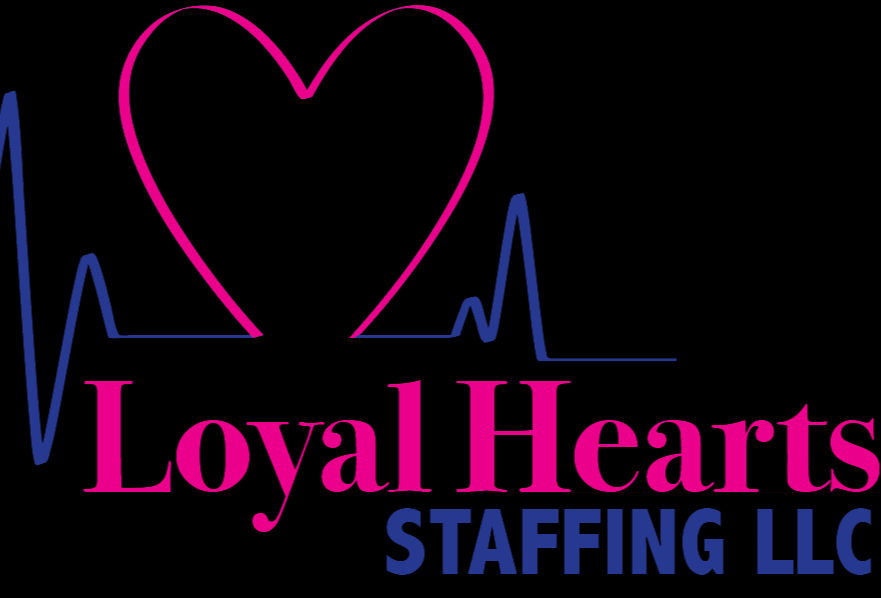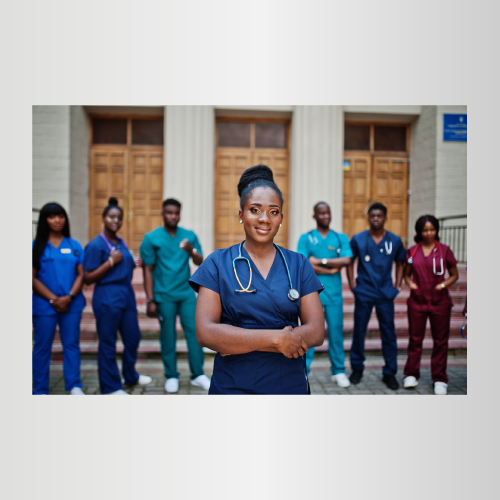Nursing actions in the prevention of pressure ulcers
- April Swanson

- Dec 1, 2022
- 2 min read
Set of care planned by the nurse to prevent the occurrence of pressure ulcers (PUs) in at-risk population and in patients with PUs.
Objectives:
– Maintain the integrity of the skin.
– Eliminate or reduce the risk factors that favor PUs.
– Promote education of family and caregivers in the prevention of PUs.
Equipment:
– Special surface for pressure management (anti-ulcer mattresses).
– Pillows.
– Bedding.
– Dressing trolley.
– Equipment for patient hygiene.
Material:
– Hyperoxygenated fatty acids.
– Local protections.
– Moisturizing product.
– Non sterile gloves.
– Material for patient hygiene.
– Risk assessment scale and nursing record.
Procedure:
– Assess the risk of PU appearance according to the scale of the center’s protocol and record the results. On admission and every 7 days unless there are relevant changes. Relevant changes are considered relevant:
– A surgical intervention lasting more than 10 hours.
– The appearance of ischemia due to any cause.
– Periods of hypotension.
– Loss of sensibility of any origin.
– Loss of mobility of any origin.
– Invasive diagnostic tests that require rest for 24 hours.
– Preserve the patient’s privacy.
– Inform the patient and family of the care to be provided.
– Ask the patient and family to cooperate.
– Keep the patient’s skin clean and dry at all times.
– Perform daily body hygiene with warm water and neutral ph soap, rinse well and dry by contact (without friction), drying very well the skin folds and interdigital spaces.
– Inspect the skin at least once a day, taking special care:
– Bony prominences: sacrum, heels, hips, ankles, elbows…(see drawings of pressure areas).
– Areas exposed to humidity.
– Presence of dryness, excoriations, erythema, maceration, fragility, temperature, induration.
– Apply hyperoxygenated fatty acids in a circular motion to the areas at risk, avoiding massaging.
– If necessary, apply hydrocellular dressings on risk areas.
– Moisturize the rest of the skin, avoiding massaging.
– Keep bed linen free of wrinkles.
– Perform a program of individualized postural changes, taking into account the needs of the patient and the surface on which it is. When performing postural changes, avoid dragging and direct contact of the bony prominences with each other. Perform postural changes every 2-3 hours in bedridden patients following a programmed and individualized rotation. If the patient is going to be seated, perform hourly mobilizations.
– Use a special surface for pressure management (SEMP) appropriate to the detected risk of developing PUs and the clinical situation of the patient. Special surfaces should be considered as a complementary material that does not replace postural changes. Use a static surface when the patient can assume various positions without resting his or her weight on the PUs and in patients at low risk. Use a dynamic surface if the patient is unable to assume several positions without resting his/her weight on the PUs and/or patients at medium/high risk.
– Ensure adequate nutrition. A patient at high risk of developing a PU requires a high-protein, high-calorie diet.
– Treat incontinence and eliminate excessive moisture.
– Teach the patient, family and caregivers basic PU prevention care.
– Record measures taken, as well as those not taken.
Remarks:
– Do not use flotation devices








Comments